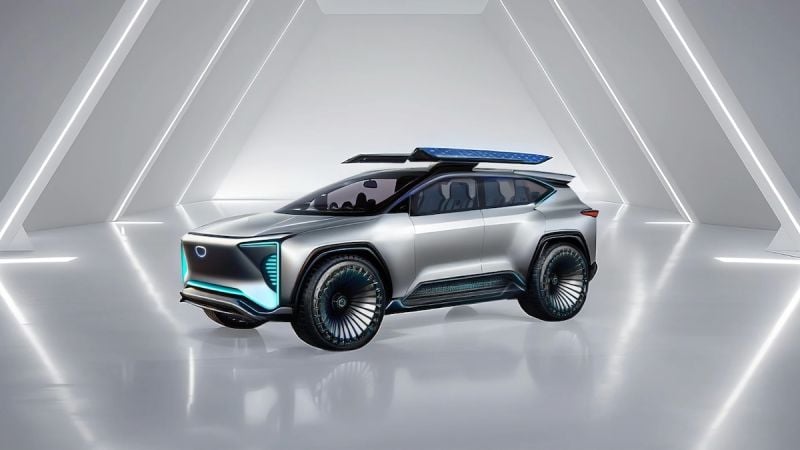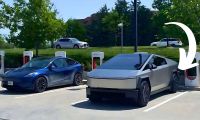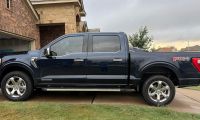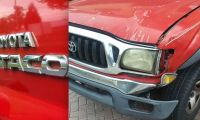Imagine a new Subaru EV that's the safest and most efficient car of the future. This sounds good for Subaru's three new all-electric models, which will be available by 2026. If you haven't read about them yet, find out more in my report here.
There are three brilliant features you would like to see in the new Subaru EVs and three more features you may not want. All six could be coming in the future. They have to do with safety and efficiency.
Safety Is A Core Value For Subaru
Subaru is all about building the safest new car for its customers. With the latest driver-assist safety technology, Subaru ranks among the best now. But can they maintain their status?
When you think you've arrived, the competition catches up and even passes you. Stand still in the automotive world, and you'll be left behind in the dust. However, a technology explosion is happening, and Subaru Corporation must evolve and improve.
Thanks to information from Insurify Insights, there are safety features that you'll likely see on someone's new electric SUVs in the near future.
Why Not Subaru?
The concept car above would be a good start. Subaru needs a unique battery electric vehicle identity. I've said that Subaru must pull free of Toyota's apron strings and build unique models.
Subaru Is In A Dark Place, Toyota’s Shadow @SubaruReport @torquenewsautohttps://t.co/5hr9IFR8Ra#subaru #solterra #subaruev #ev pic.twitter.com/bPH3gmh2e7
— Denis Flierl (@DenisFlierl) May 19, 2024
Unfortunately, that won't happen for a while. I've previously discussed Subaru's unique design language in its new electric vehicles. You can read my report here.
There's exciting technology being developed and discussed now that is impressive.
Insurify says, "The "safest car of the future" boasts a few impressive features, such as electric propulsion management, a smart driving companion, and even a virtual reality driver's ed teacher. Keep in mind that not all these features are real — yet."
Efficiency Is Paramount For Subaru
The Subaru Solterra's range is too short, and the first technology we'll examine would significantly improve that.
It's Called Electric Propulsion Management
Insurify says, "Currently, many electric vehicles just don't have a long enough battery range or enough available charging stations to be widely adopted by the public. Electric propulsion management, however, would help with this obstacle."
"This autonomous feature would monitor and manage the health of a vehicle's electric powertrain by assessing battery condition, preventing overheating, and ensuring optimal performance through dynamic charging systems. This would extend an electric vehicle's battery life and improve vehicle safety. It also has the potential to give electric vehicles longer ranges and make them more affordable."
More extended range and more affordable? Subaru needs more of both.
Aerodynamic Adaptability
"Aerodynamic adaptability would adjust a vehicle's body panel shape depending on driving conditions. This would improve the car's aerodynamics and real-time stability, making it safer and more efficient."
"Some high-performance vehicles today are already using the technology. For example, active diffusers — essentially extendable and retractable flaps — help reduce drag, which improves fuel efficiency. Active spoilers, which extend and retract similarly to diffusers, are another adaptable aerodynamic technology that improves vehicle stability."
"Aerodynamics are fundamentally important when it comes to safety, helping to create a vortex that uses air to push down on the front tires to find grip," automotive journalist Charles North VI said. "We use this tech with racing cars. There's no excuse why it shouldn't be on your everyday car."
When I read that, I thought of the Subaru WRX and the next-generation all-electric Subaru WRX STI, which would return Subaru to dominance in the high-performance electric sports car scene.
Renewable Power-Generating Panels
"Renewable power-generating panels are sleek, flat devices that sit on top of "the safest car of the future." They would alter vehicle shape for performance, similar to aerodynamic adaptability features. Still, they would also be able to collect kinetic and solar energy to power the systems in the vehicle, saving the battery's charge."
"This technology would revolutionize how far an electric car could travel. Renewable power-generating panels would enable extended mileage ranges by dedicating the battery solely to propulsion. This would make the car more appealing to the average consumer, allowing for wider adoption of electric vehicles."
Subaru's calling card is going off-road and getting deeper into the wilderness. Subaru needs a regenerative solar panel to allow its new electric EVs to travel further away from the city and charging stations.
The following three new safety technology features sound intrusive. Read about them below, and then let us know what you think.
Mindful Co-Pilot
"A mindful co-pilot monitors a driver's physical and emotional state and can take over driving in an emergency. The technology would analyze indicators like breathing rate, speech patterns, and even eye movements to assess the driver's alertness, give real-time suggestions, and adjust vehicle speed and direction if needed."
"A mindful co-pilot would help drivers recognize and respond to health emergencies behind the wheel and prevent drivers whose blood alcohol level exceeds legal limits from starting their car."
Some of these features sound good, but auto-adjusting the vehicle's speed and direction sounds too intrusive. I wouldn't like it.
Virtual Reality Drivers Ed
"In-car virtual reality (VR) driver's ed technology would simulate a virtual environment for the driver to practice while the car is stationary. It would help drivers practice both standard safety procedures and emergency maneuvers."
"VR driver's ed is a great concept and can be really helpful to anyone who either wants to learn how to drive or even be able to drive better than what they're doing," says North. "This can only help the learner build self-esteem and confidence in their ability to drive."
I think this new technology would be great in a classroom setting and in cars where students are learning to drive. However, it would be an expensive option in an everyday vehicle that only some people would buy.
Smart Driving Companion
"The advanced smart driving companion provides real-time coaching, analyzes driving conditions, and offers safety advice to the driver based on the vehicle's environment and driver behavior. The AI companion would improve driver safety by acting as an extra set of eyes and ears for the driver, reducing the risk of surprises that lead to accidents."
"For example, the smart companion could analyze the surrounding vehicles to determine if they're driving safely. The companion might notice another motorist driving erratically or looking at their phone and warn the driver of the potential danger."
"The smart driving companion is a splendid feature to see," North says. "This is where people can benefit from AI because this is where we all can learn what we could've done in any driving circumstance. Having someone there to catch our mistakes or coach the learner/driver on what happened will teach valuable lessons."
Again, this would be great for a student driver's ed class and a teaching aid for new drivers.
I would be all in for renewable power-generating panels to increase battery life and range when off the grid, aerodynamic body panels that adjust shape for stability, and an electric propulsion management system. They are all impressive features Subaru's new EVs need to keep improving.
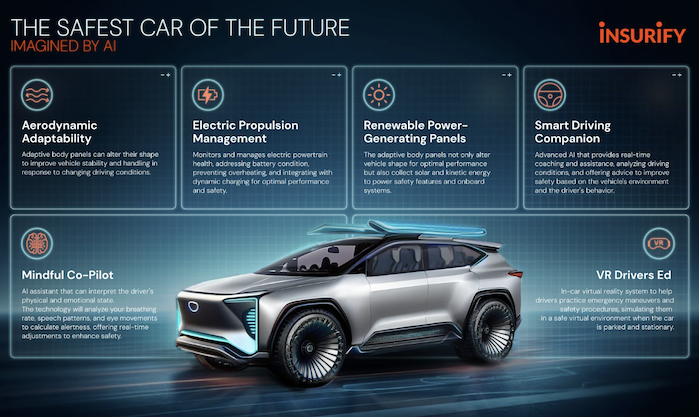
The concept car image above embodies future automotive technology focused on enhancing driver safety and efficiency. It's hard to argue against most of it.
We live in a new world of AI, and whether we like it or not, it's here now. I am not ready for AI to take control of my car. Subaru will likely embrace some of this new technology. How much? Stay tuned.
Now, It's Your Turn
What do you think? Click the red Add New Comment link below and join the discussion.
I am Denis Flierl, a top Torque News reporter since 2012. I’ve invested over 13 years in the automotive industry in a consulting role, working with every major car brand. I am an experienced Rocky Mountain Automotive Press member. You'll find my expert Subaru analysis here. Follow me on my X SubaruReport, All Subaru, WRXSTI, @DenisFlierl, Facebook, and Instagram.
Photo credit: Insurify



